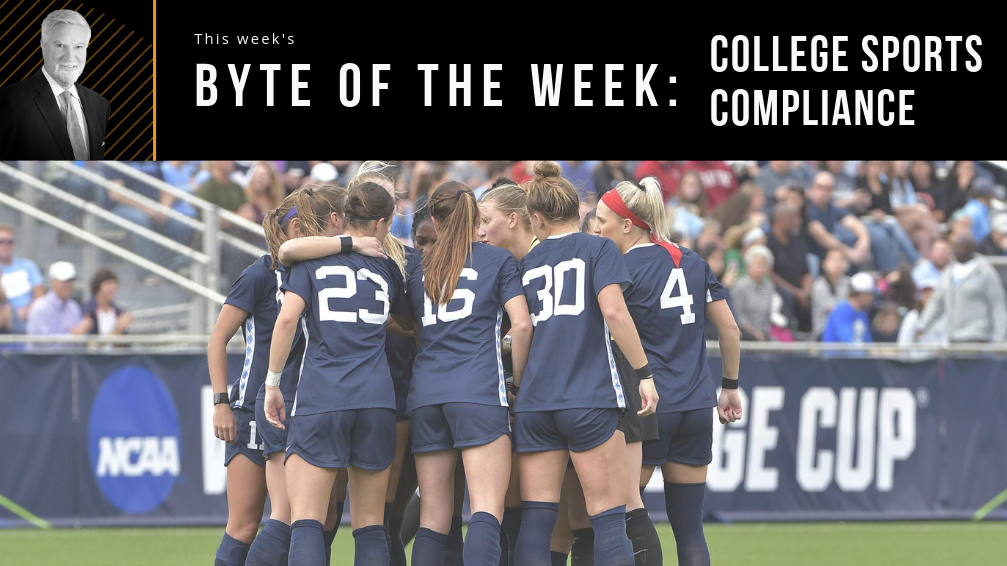When the Sarbanes-Oxley Act—or Sarbox—passed in 2002 in response to several financial scandals at the time, I was the CEO of a public company. I began having to attest yearly to the Securities Exchange Commission that our company was in compliance with internal accounting controls. If I was wrong, I could face fines of up to $5 million and jail time of up to 20 years. Believe me—I made sure we were in full compliance. A whole cottage industry was created after Sarbox, teaching companies how to be compliant. A book, Sarbanes-Oxley for Dummies, became a big seller.
Similarly, the NCAA recently adopted legislation that will increase the accountability of presidents, chancellors, athletics department staff, and coaches, requiring them to demonstrate annually that they are in compliance with NCAA rules and regulations.
College athletics departments today are big complicated enterprises and face many risks. Presidents and chancellors need to be responsible, ultimately, but athletics directors carry the burden of the day-to-day operations.
We at LEAD1 plan to help our schools manage these risks, starting with the release in a few weeks of a sports supervision manual, which will outline best practices of how athletics staff should manage a specific sport. In fact, I will bet that soon some enterprising author will write a book—College Sports Compliance for Dummies. Given the growing complexity of college sports, this book will be a best seller.






